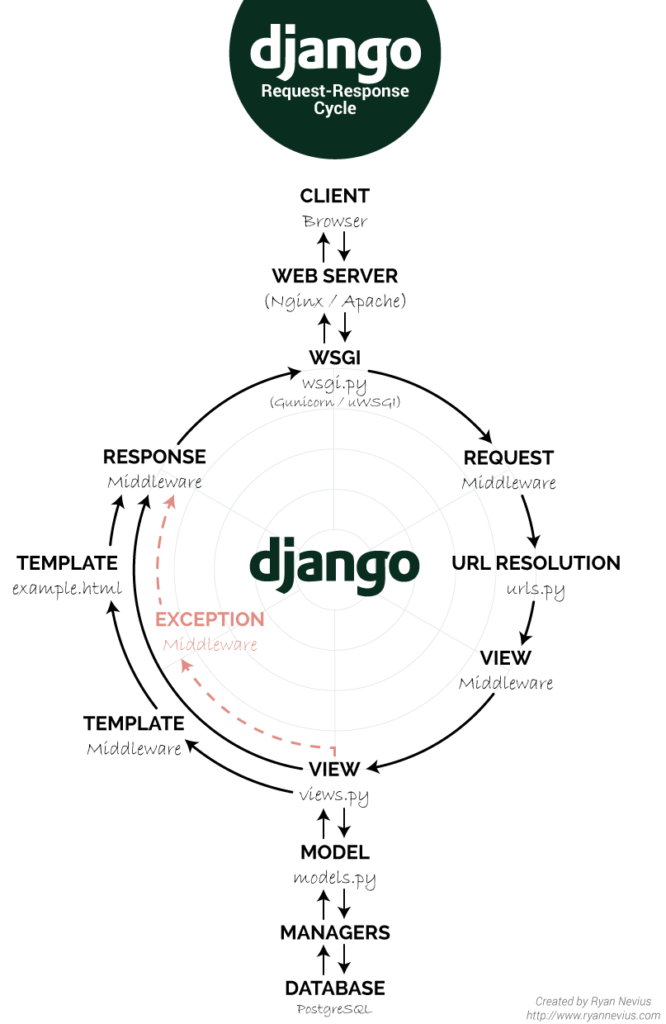Hi folks!
Recently I was in need to setup a local FHIR server using IRIS For Health and I think I found the easiest and simplest way ever.
Just run in terminal these two lines below :
docker run --rm --name my-iris -d --publish 9091:1972 --publish 9092:52773 intersystemsdc/irishealth-community
and
docker exec -it my-iris iris session iris -U "USER" '##class(%ZPM.PackageManager).Shell("install fhir-server")'
And you'll have FHIR server running locally at http://localhost:9092/fhir/r4.
That's it!
The FHIR server will use the latest build of InterSystems IRIS for Health Community Edition and will deploy FHIR server from this app via IPM package in FHIRSERVER namespace.
This is for Mac, so please add in comments how it works in Windows.
This is a very short article as it is really easy to setup a local FHIR server with InterSystems IRIS for Health and IPM Package Manager.

.jpg)

.jpg)
.jpg)
